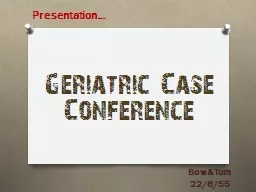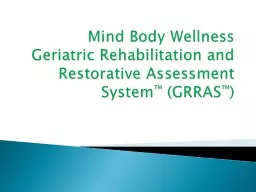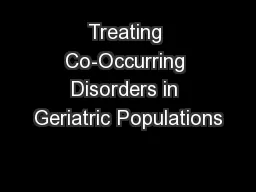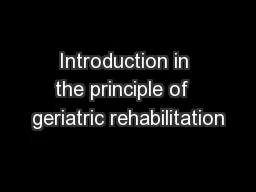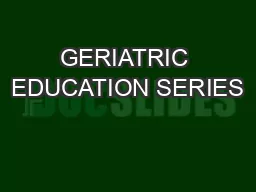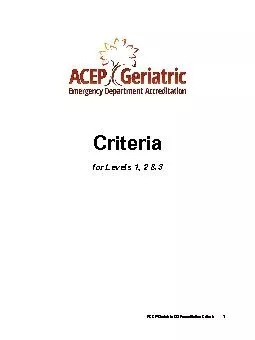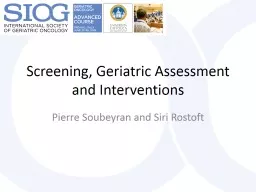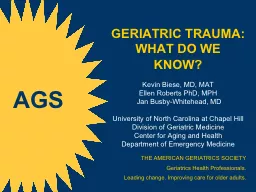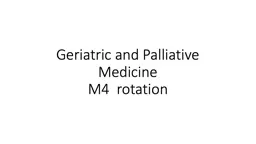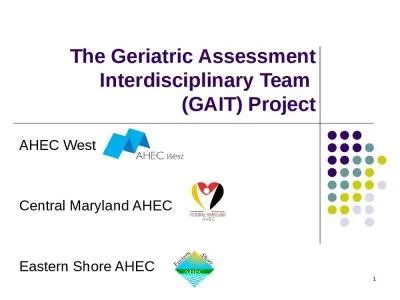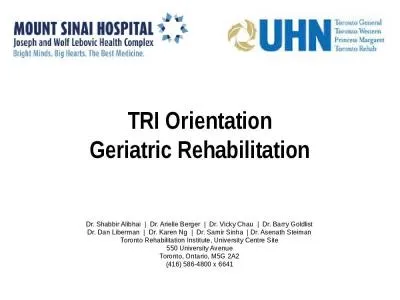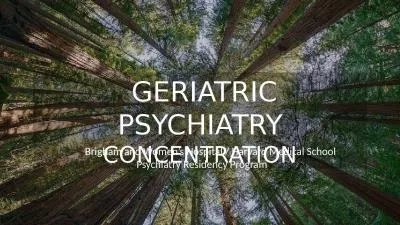PPT-Geriatric Case Conferenc
Author : carneos | Published Date : 2020-08-03
e BowampTum 22655 Presentation Patient profile ผปวยหญงไทยโสด อาย 60 ป อาชพ รบราชการคร ปจจบนเกษยณแลว
Presentation Embed Code
Download Presentation
Download Presentation The PPT/PDF document "Geriatric Case Conferenc" is the property of its rightful owner. Permission is granted to download and print the materials on this website for personal, non-commercial use only, and to display it on your personal computer provided you do not modify the materials and that you retain all copyright notices contained in the materials. By downloading content from our website, you accept the terms of this agreement.
Geriatric Case Conferenc: Transcript
Download Rules Of Document
"Geriatric Case Conferenc"The content belongs to its owner. You may download and print it for personal use, without modification, and keep all copyright notices. By downloading, you agree to these terms.
Related Documents

